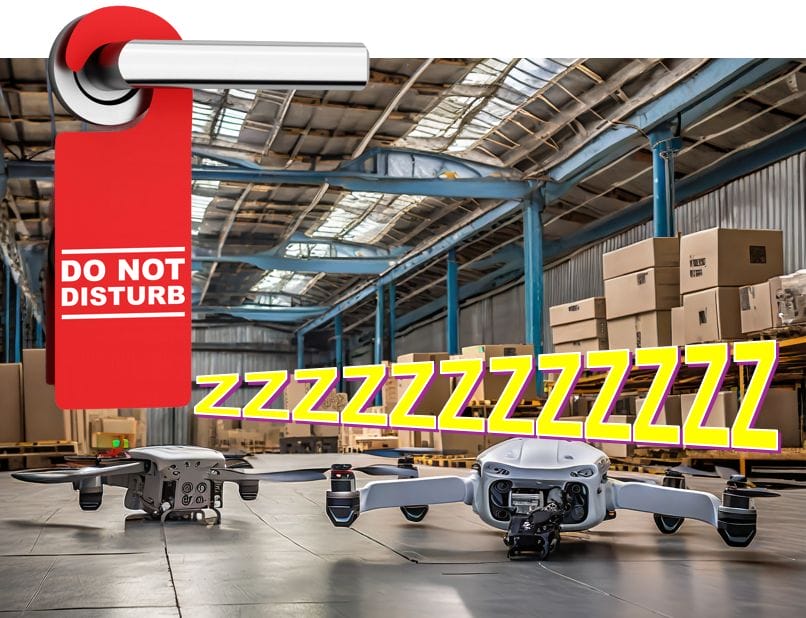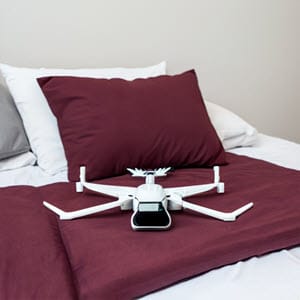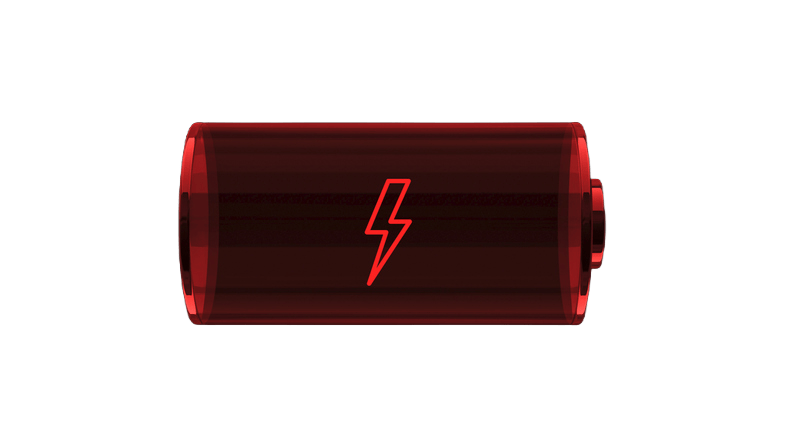Your browser is out of date, for the best web viewing experience visit Browse Happy to upgrade your browser today.

Last week at Modex 2024 one of the premier events showcasing cutting-edge warehouse technology, a curious phenomenon unfolded that left many attendees scratching their heads: warehouse drones were caught napping on the job. Despite the hype surrounding these high-tech marvels, their slumber at the event shed light on a critical issue plaguing the industry.

For anyone that attended Modex 2024 last week you experienced technological marvels from a variety material handling solution providers. Amidst this organized chaos, you might have spotted three sleek warehouse drones on display at a prominent drone solution provider’s booth. For some reason these sexy and cool devices designed to revolutionize inventory management and logistics were sound asleep. The sound of thousands of attendees passing their show booth did not disturb these sleepy drones. This scenario was not an isolated incident but rather a stark illustration of the challenges faced by warehouse drone solution providers.

One of the most glaring problems highlighted at Modex was the short battery life of these drones. With some models boasting a mere 10 minutes of flight time, it’s no wonder they were frequently found in a state of dormancy. While advancements in drone technology have led to impressive capabilities such as independent navigation, the issue of limited battery capacity remains a significant hurdle. When asked about the workaround for the short battery charges, the solution provider explained that they tell their customers to “just buy more”. Warehouses looking for cycle counting missions that last longer than a few minutes can benefit from the 8-hour battery life of the Vimaan StorTRACK cycle counting computer vision system. An extended battery life is just one of the many advantages StorTRACK has over drones. One drone provider insisted that customers should not touch drones and they can independently function on their own without interference. So, it begs the question if drones are truly autonomous why couldn’t the experts of this technology keep at least one drone in the air at a time?
The promise of warehouse drones lies in their ability to enhance efficiency, accuracy, and speed in warehouse operations. However, when drones spend more time recharging than actively contributing to operations, their potential value diminishes considerably. The drone solution providers had impressive 30’ high walls to highlight drone capabilities. But astute attendees might have noticed there each simulated “pallet” contained only one single label. These setups illustrated anther significant challenge with drones, they are used for pallet scanning and not for the individual cases found on the pallets. In contrast, warehouses that use StorTRACK from Vimaan benefit from both pallet AND case counting. In fact, StorTRACK scans 50 items as fast as it scans 1!
The implications of this challenge extend beyond the exhibition floor at Modex. Warehouse managers and logistics professionals who invest in drone solutions expect a return on their investment in the form of increased productivity and cost savings. However, if drones are frequently grounded due to battery limitations, these expectations fall short.
Another factor contributing to the drowsy drone dilemma is the complexity of integrating drone technology into existing warehouse systems. While drones offer exciting possibilities, seamlessly integrating them into workflows requires careful planning, infrastructure adjustments, and training for personnel. Without proper integration and optimization, drones become more of a hindrance than a help. The topic of WMS integration was not well received, as the Providers prefer keeping the data in their applications. This does not help solve the problem of increasing overall inventory accuracy across the warehouse.
Furthermore, the cost of maintaining a fleet of drones with limited battery life can be prohibitive. One of the most prominent drone providers reported that the first year of operation drones in warehouses would cost $210,000 (for two drones)! But fear not, that price tag drops to a measly $180,000 for Year Two. Warehouses looking to achieve a rapid ROI could be waiting a long time with these high fees. Alternatively, Vimaan customers using StorTRACK typically report a return on investment in 6 months or less.
At Modex and similar industry events, the conversation around warehouse drones is evolving from excitement about their potential to a more pragmatic assessment of their practicality and feasibility. The primary benefits some warehouses tout of drones is that they are “sexy” and “cool”. Alternatively, Vimaan customers consider high inventory accuracy, low labor requirements and rapid ROI is the sexiest and coolest benefit of all!